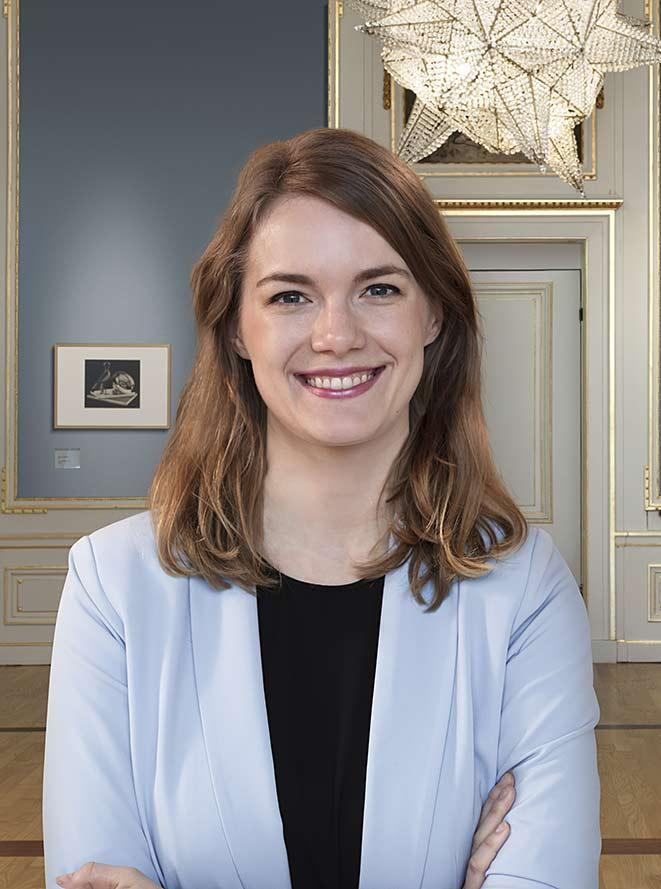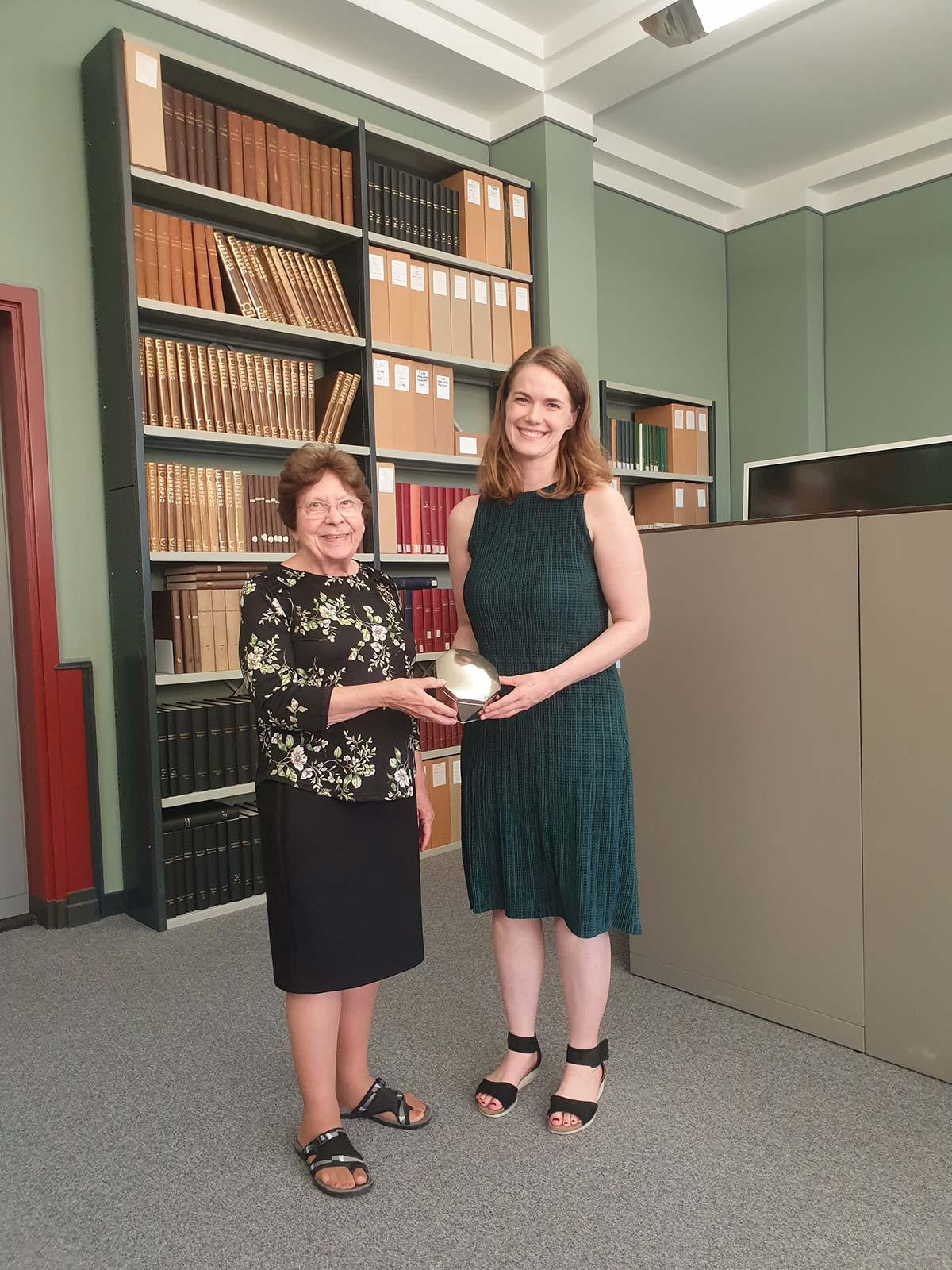
It was not just collectors and fans of M.C. Escher who acquired his work during his lifetime. Friends and family also owned prints by Escher, like this lithograph below, Drawing Hands, from the estate of Antoinette Schottelius-De Ridder, better known as Tony de Ridder. Escher in The Palace recently received this work on long-term loan, and correspondence between Escher and De Ridder has, to our great delight, been donated to the museum.
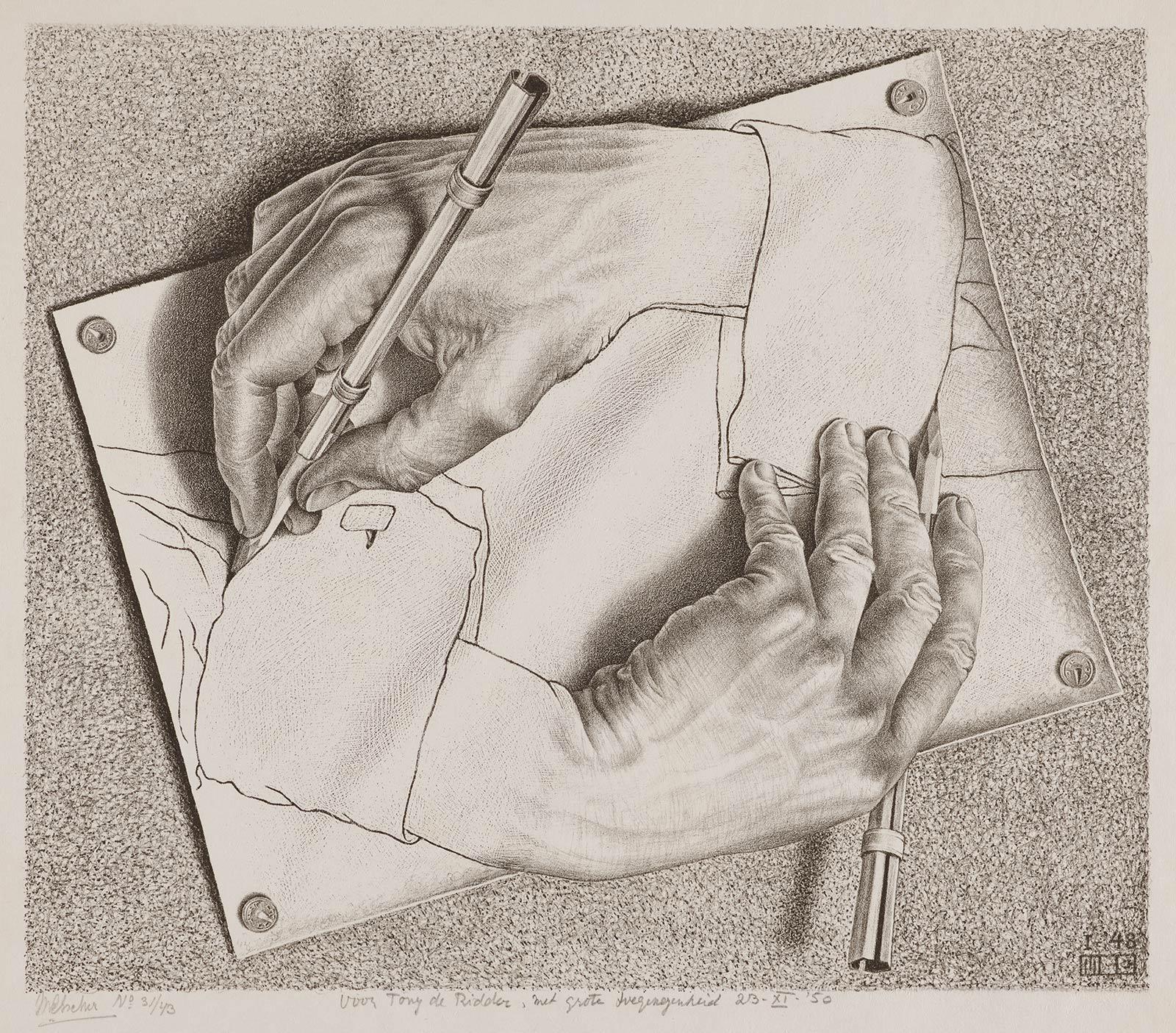
Tony de Ridder (1886-1971) was a poet and author. She spent much of her life in Oosterbeek, in the east of the Netherlands, where she got to know the Escher family. As the daughter of a pastor, she was raised in the Christian faith, and her religion became the core of her life. She gave lectures on faith, published writings on it, and worked as a religious studies teacher, and M.C. Escher was one of her pupils. At the Remonstrant church, she taught him the catechism between the ages of seven and twelve. We do not know much about the friendship between De Ridder and Escher, but the printmaker and the idiosyncratic poet stayed in touch for decades. Escher made his first linocuts even before he started training as a printmaker. One of them is an early bookplate for Tony de Ridder. Escher was about 19 years old when he designed and printed it in multiple colours. Escher transformed De Ridder’s initials into ‘Toom dit ros’ (which means ‘Restrain this horse’), in an image that made reference to her surname (which means ‘knight’).

De Ridder kept abreast of developments in Escher’s life. She received her copy of Drawing Hands in 1950. He dedicated it to her with an affectionate message: ‘For Tony de Ridder, with great fondness 23-XI-‘50’. In the years that followed, they remained in contact, as evidenced by a letter to De Ridder of 1961, in which Escher expressed his wish to visit Oosterbeek again. However, his busy schedule prevented him from returning to the place where he had grown up. Three years before his death, they corresponded again, and Escher noted De Ridder’s birthday in his diary, so he would not forget it. They probably had contact in the preceding and intervening years, too, though no evidence has survived. We know for certain, however, that De Ridder and Escher had not lost touch. De Ridder died on Christmas Day 1971, followed three months later by Escher.
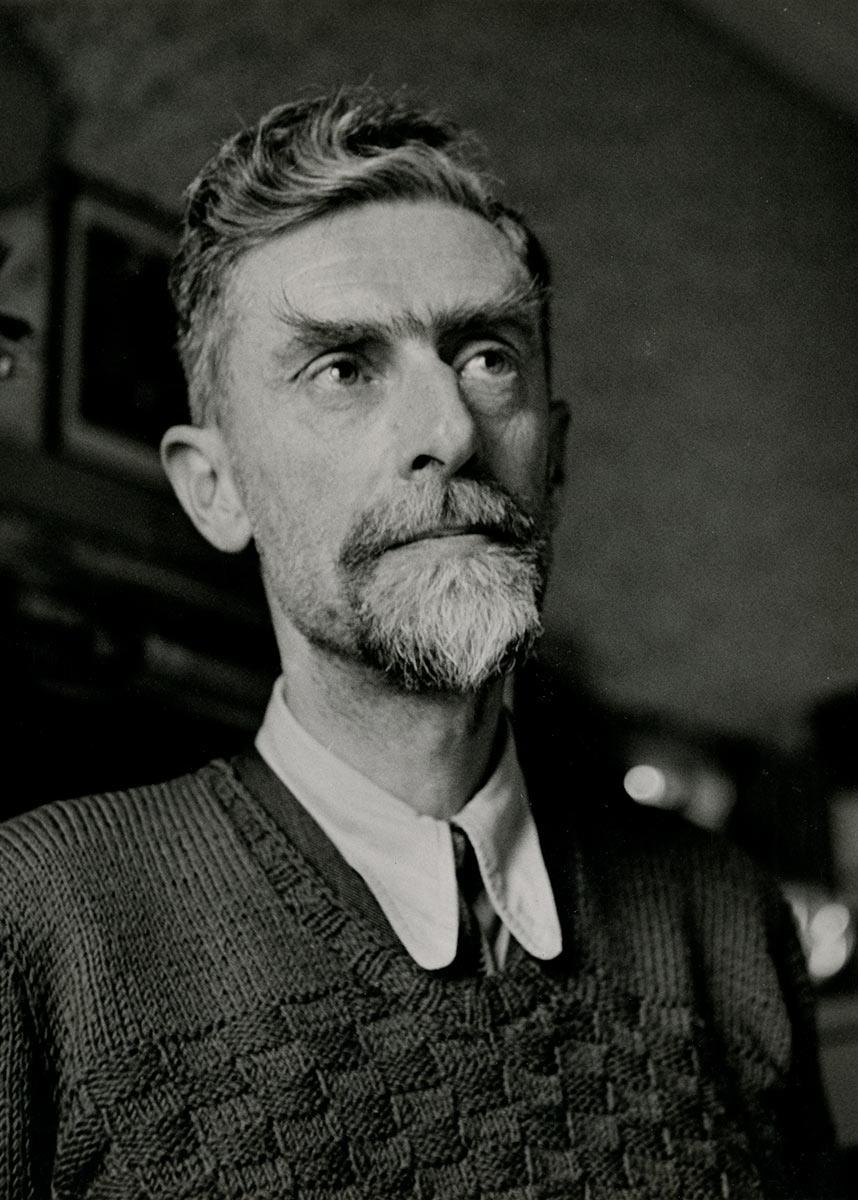
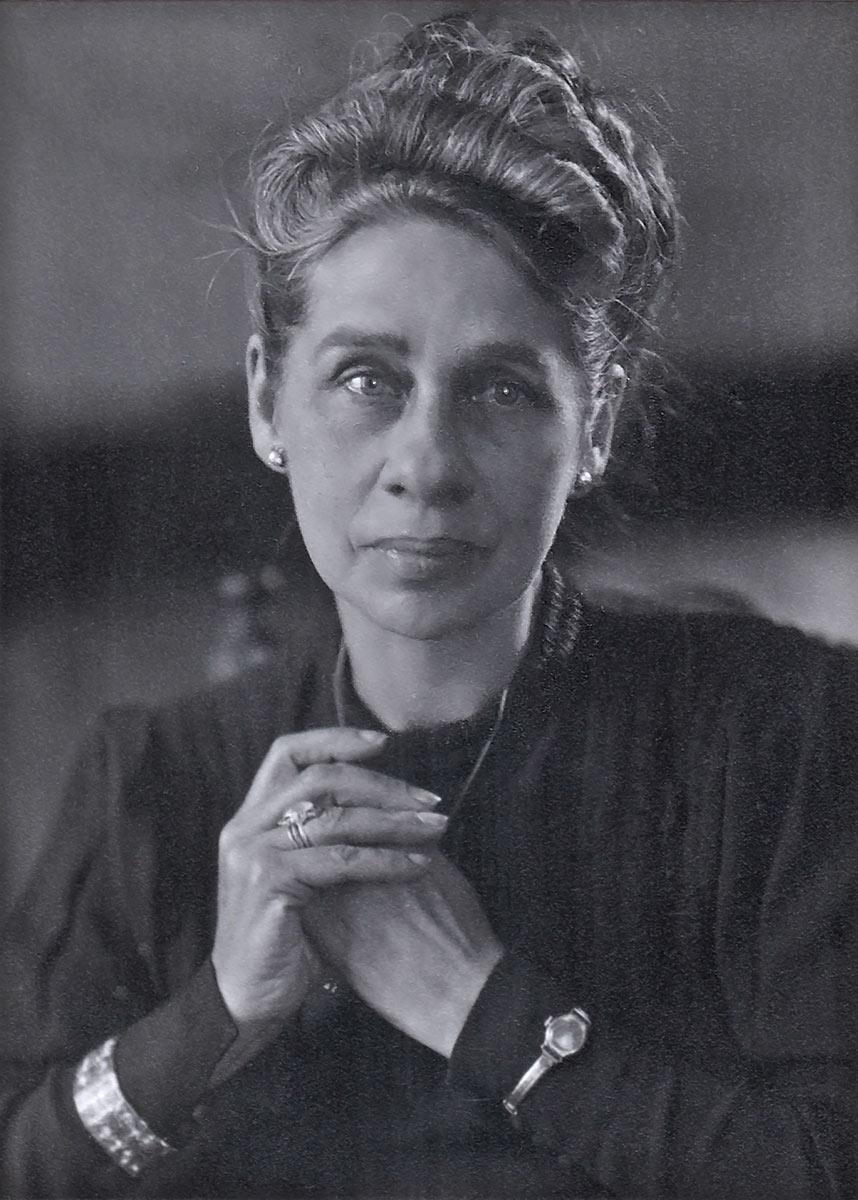
More Escher Today
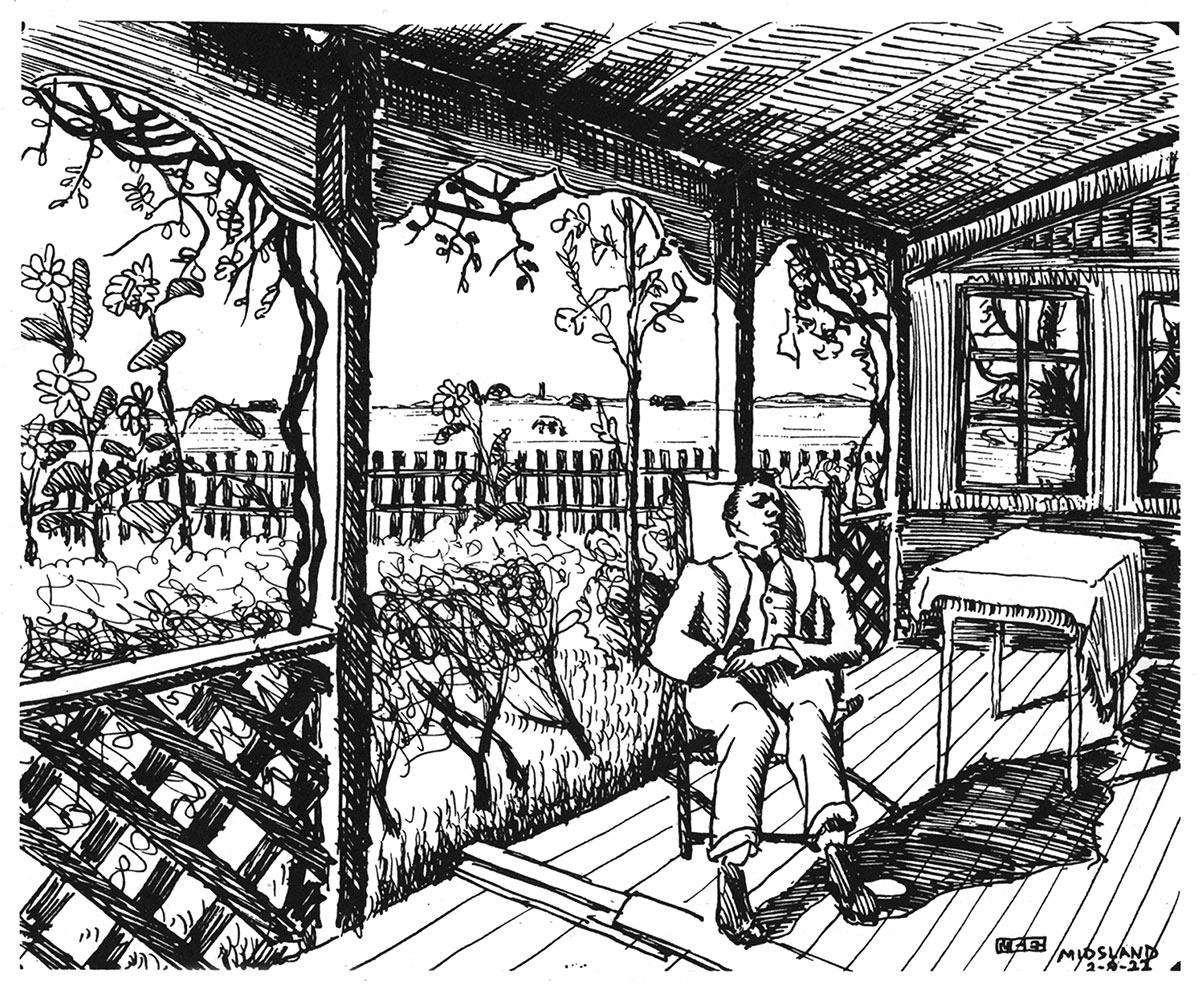
25 May 2024
